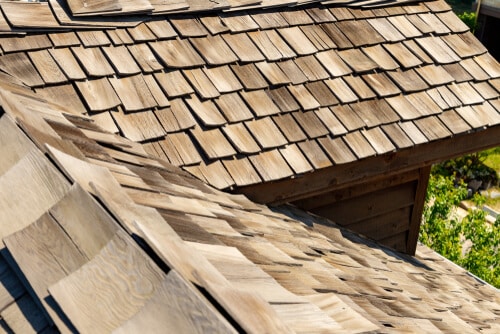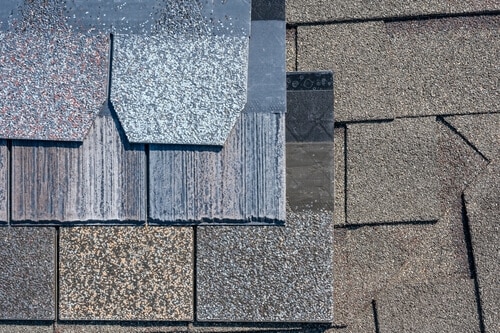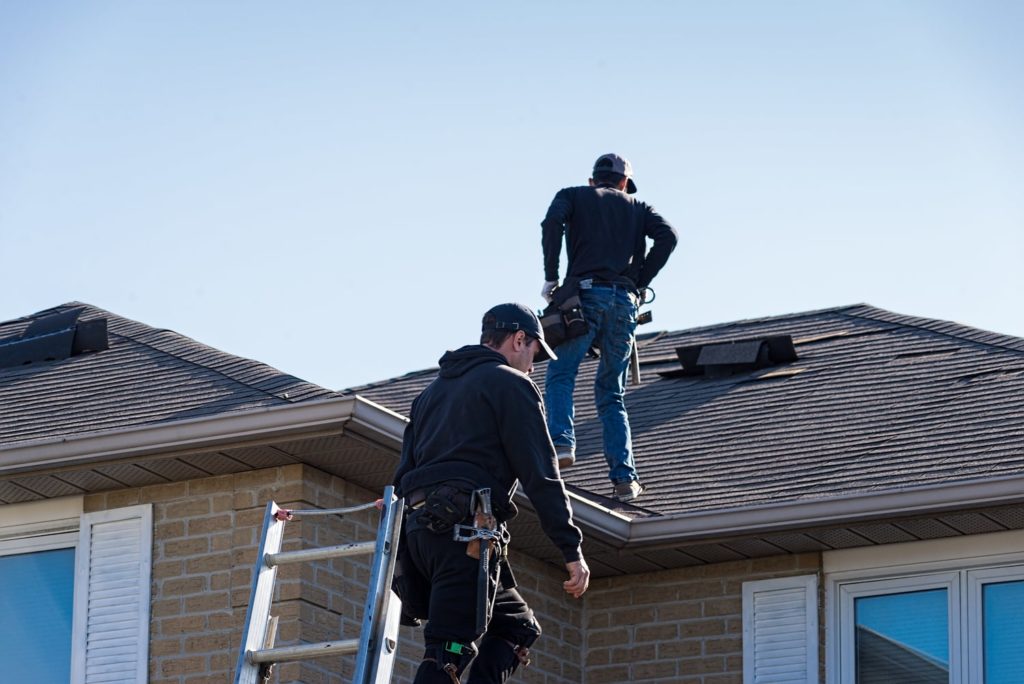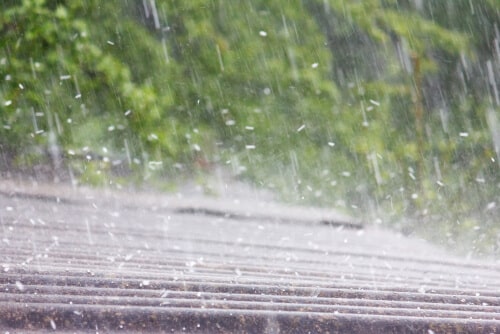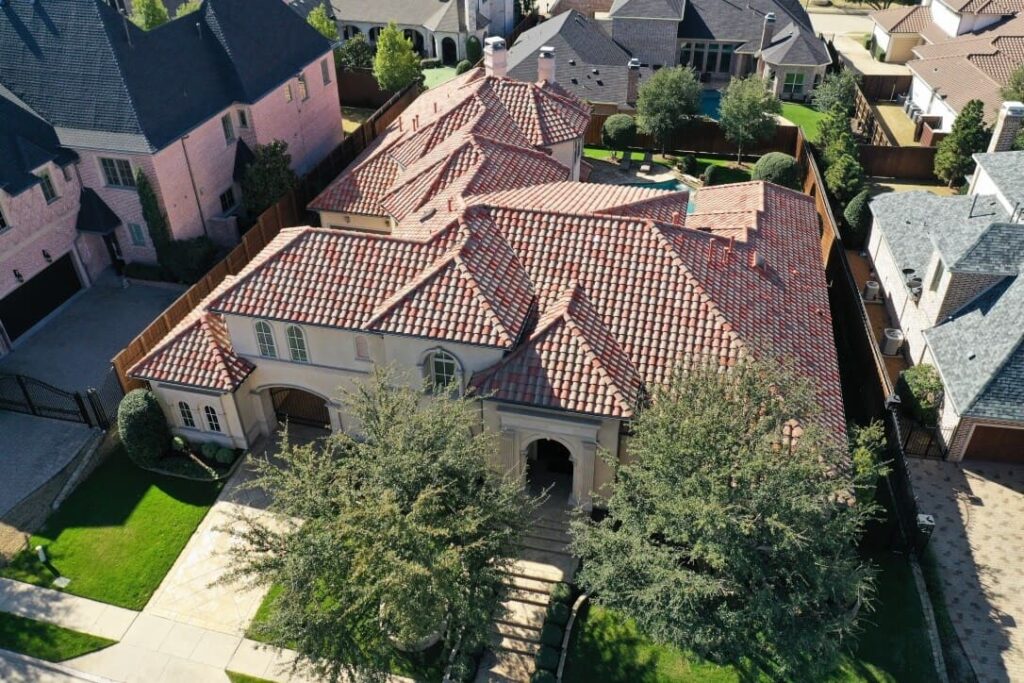What is Synthetic Roofing?
Synthetic roofing is a newer roofing system featuring a mixture of commonly used sustainable roofing materials, such as plastic, rubber, and recycled paper products. However, some synthetic roofing materials are made out of engineered polymer or propylene rather than recycled materials. Either way, you’ll be left with a long-lasting roof that provides incredible wind, fire, and impact resistance—withstanding strong winds up to 190 mph.
Synthetic roofs can be made to look exactly like natural slate, Spanish clay tiles, or cedar shake roofing, albeit a more lightweight and affordable version compared to these traditional roofing materials. While synthetic roofing may not last as long as a natural slate roof (up to 200 years!), you can expect this type of roof to last between 40 to 50 years when properly installed.
